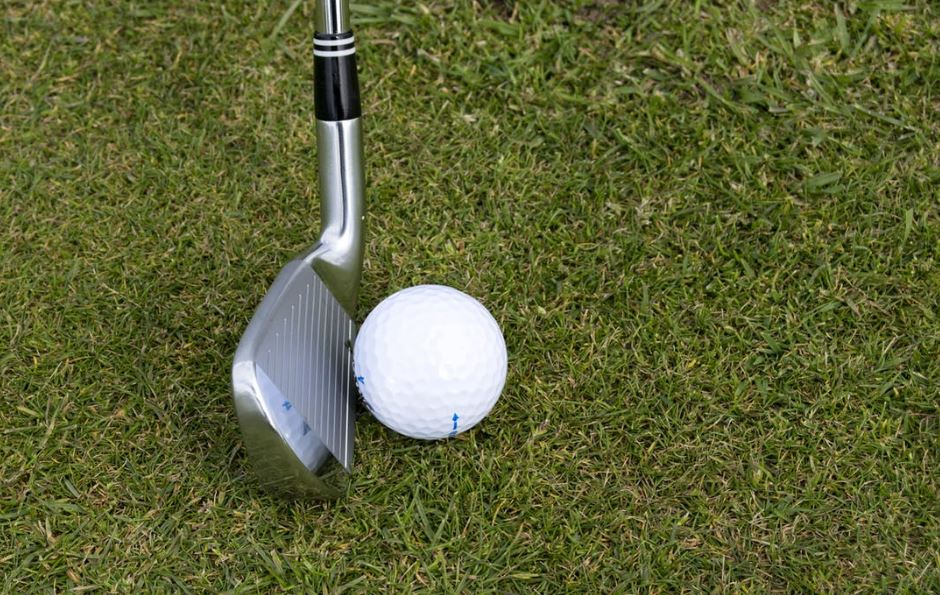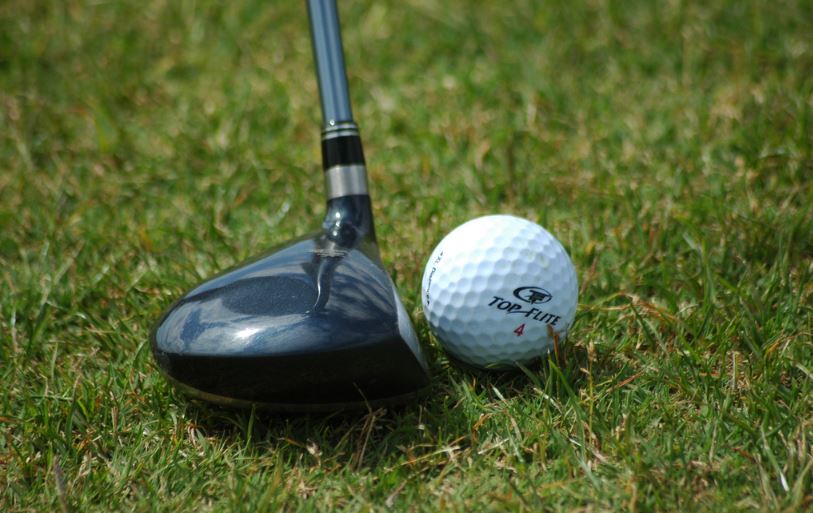Newcomers and first-timers may find learning and playing golf extra challenging, this is because of the intricacies of the rules and regulations, equipment requirements, and high learning curve that this sport entails. Then there’s the wide array of terminology, which includes vocabularies like birdies, bogeys, and bump-and-runs. The significance of the various golf clubs, club numbers, and their uses are frequently asked questions by newbies to this luxurious sport.
However, nothing discourages someone who is persistent to pursue a passion. Hence, everything can easily be covered once you keep an open mind in learning about this sport and past time afforded by the wealthy.
This article will provide you with basic information about golf clubs, club numbers, and their meanings and applications when playing golf.
Here are the three categories of golf club numbers and its specific range usage:
| Iron Numbered Golf Clubs | Wood Numbered Golf Club | Non-Numbered Golf Clubs |
| 2-iron- 190 yards | 3-wood- 120 yards | Driver- 230 yards |
| 3-iron- 180 yards | 5-wood – 180 yards | Putter- Anything in the green |
| 4-iron- 170 yards | Pitching Wedge- 110 yards | |
| 5-iron- 160 yards | Sand Wedge- 90 yards | |
| 6-iron- 150 yards | Lob Wedge- 65 yards | |
| 7-iron- 140 yards | ||
| 8-iron- 130 yards | ||
| 9-iron- 120 yards |
Golf club numbers and their uses
We’ll dive into the golf club numbers now that you’re familiar with the different types of golf clubs. The loft, or angle of the golf club face, is indicated by the golf club numbers. When a golfer changes his golf club, he adjusts the loft by changing the number of the club, which changes the height and distance the golf ball travels when it is struck.
The lower the golf club number, the less intense the angle on the golf club face; this means the golf ball will fly much further at a lower height.
The greater the loft of the golf club, the more intense the angle on the clubface, which means the golf ball will fly much higher but for a shorter distance.
It will be simpler to get the ball into the air if you are a strong and well-coordinated person with a background in stick and ball sports such as tennis, hockey, baseball, and other similar games.
The Difference between a 3 and 5-wood club versus a 3 and 5-iron club?
You don’t have to be concerned about the various materials utilized because they all have the same number, which indicates the same loft angle. The 3 and 5 Iron and 3 and 5 Wood both have the same loft, but they are better suited to different shots.
Although 3 and 5 are constructed of iron, they are not intended to be used for long-range shootings. A 3-wood is typically used for shots between 210 and 180 yards, while a 3-iron is utilized for shots between 180 and 210 yards. For shots of around 180 yards, a 5-wood is used, whereas for shots of about 160 yards, a 5-iron is utilized.
As you can see from the numbers above, a 5-Wood and 3-Iron are both utilized for the same distances and should be picked based on the required loft.
A Comparison of Wood Clubs and Iron Clubs
Wood Golf Clubs
Wood golf clubs are long-range clubs that are used to tee off at the start of each hole. In the second swing, use wood golf clubs for longer courses. Wooden clubs have big, circular club heads with a flat front where the golf ball is struck.
However, the most common woods found in a golf bag are the 3-wood and the 5-wood.
Wood is utilized in golf for two major reasons: first, it is a good off the tee if the golfer is having difficulty keeping their driver straight, and second, it hits the ball a little shorter than a driver, which is useful in a variety of situations. Finally, they can be used in the fairway if the golfers are a long way out.
In comparison to short irons, 3-5 woods are notoriously difficult to hit because there is so little space for error.
The disadvantage of using a wood club is that hitting a flush shot out of the rough or from a problematic lay is quite difficult.
Iron Golf Clubs
The head is constructed of solid iron or steel, and the major feature is a big, flat, angled face, frequently marked with grooves. Irons golf clubs have shorter shafts and smaller clubheads than woods. Irons are utilized in a variety of situations, including teeing off on shorter courses, approaching the green from the fairway or rough, and extracting the ball from obstacles such as bunkers or shallow water hazards.
After teeing off, iron golf clubs are utilized; the extreme angle of the club heads distinguishes them. Every golfer carries more iron clubs in their bag than any other club!
When you’re fewer than 200 yards from the green, iron golf clubs are often employed. The higher the iron club you use, the closer you are to the green. The 3, 4, 5, 6, 7, 8, 9 irons, as well as the pitching wedge, make up a basic set of irons. The 3 and 4 irons are more difficult to hit than the higher number irons. Many golfers, particularly women, the elderly, and those with higher handicaps, are switching to a modified standard set that replaces the 3 and 4 iron with higher-lofted woods such as the 7 and 9 wood clubs. We believe that this is a sensible trend that a new golfer should examine. Higher lofted woods, such as the 7 or 9 wood, are simpler to hit and provide equivalent distances as a 3 or 4 iron.
Finally, familiarity with the basic features of various types of golf clubs will aid you in learning this activity quickly, but your first-hand experience will speed up your learning process, as the finest part of learning a new sport is doing it. You never know that your humble beginning may end you up with the top-ranking players in the world like Eldrick Tont “Tiger” Woods and Ko Jin-young.

